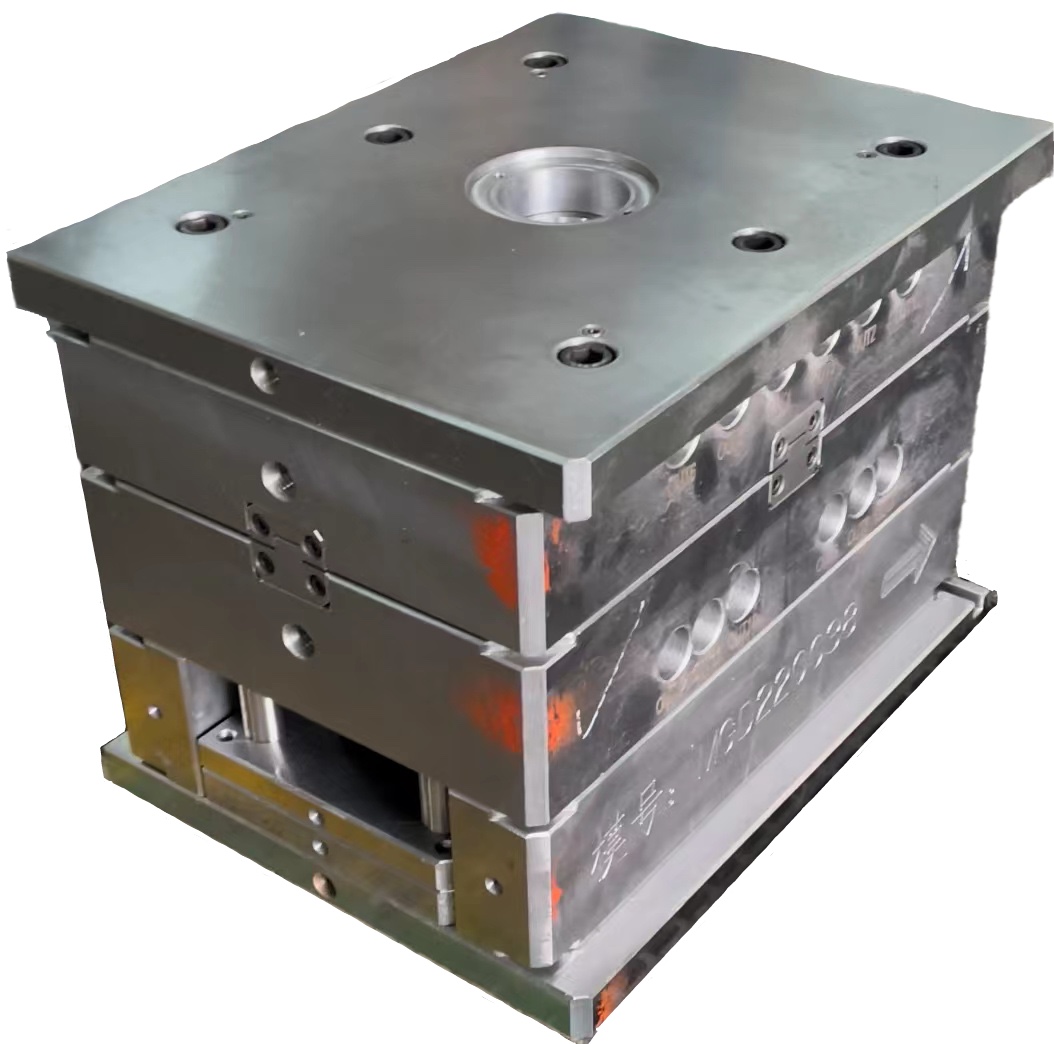Innovative Technologies in Mold Steel Production
Mold steel plays a critical role in manufacturing processes across various industries, particularly in the production of injection molds, stamping dies, and casting molds. As global competition intensifies and customer demands diversify, the need for high-performance mold steel has never been greater. Innovative technologies are now being employed to improve the production of mold steel, enhancing its properties and performance. This article explores the latest advancements in this field, focusing on methodologies, techniques, and materials that are transforming mold steel production.
Advanced Alloy Development
Modern mold steel production is increasingly leveraging the development of advanced alloys. These materials are engineered to deliver superior hardness, toughness, and heat resistance. The process involves:
- Composition Optimization: Balancing various elements such as carbon, chromium, and molybdenum to improve mechanical properties.
- Microstructure Control: Utilizing heat treatment methods to achieve desired grain sizes and distributions.
- Non-metallic Inclusions Management: Reducing impurities that can weaken the steel lattice, thereby enhancing overall performance.
Significantly, alloys like H13, S7, and P20 are gaining popularity due to their ability to withstand extreme conditions for extended periods, making them perfect for high-volume production runs.
Enhanced Heat Treatment Processes
Heat treatment is a critical step in mold steel production that directly affects the material's final properties. New techniques in heat treatment, such as:
- Vacuum Heat Treatment: Reduces oxidation and improves surface quality, resulting in enhanced material properties.
- Induction Hardening: Provides selective hardening of certain areas to meet specific wear resistance needs while maintaining ductility.
- Cryogenic Treatment: Lowers residual stresses and enhances dimensional stability, contributing to improved lifespan.
These innovations not only enhance the mechanical properties of mold steel but also ensure cost-effectiveness by extending tool life and reducing failure rates.
Integration of Additive Manufacturing
As industries strive for unique and complex designs, additive manufacturing (3D printing) has emerged as a disruptive technology in mold steel production. This approach offers several advantages:
- Customization: Molds can be designed and engineered specifically for particular applications, allowing for flexibility in design.
- Material Efficiency: Reduces material waste compared to traditional subtractive processes, making it a more sustainable choice.
- Rapid Prototyping: Speeds up the development process significantly, allowing for quick iterations and modifications.
In Korea, companies are increasingly adopting additive manufacturing to meet the specific needs of their clients, particularly in high-tech sectors like electronics and automotive.
Smart Manufacturing Technologies
The rise of Industry 4.0 has greatly influenced mold steel production. Smart manufacturing technologies, such as IoT, AI, and robotics, are optimizing the production process through:
- Real-time Monitoring: Tracking parameters such as temperature and pressure during production to ensure quality consistency.
- Predictive Maintenance: Utilizing data analytics to predict equipment failures before they occur, thereby reducing downtime.
- Automated Quality Control: Implementing machine vision systems to analyze mold steel properties throughout the production cycle.
This integration improves not only product quality but also operational efficiency, positioning Korean manufacturers as leaders in advanced mold steel technology.
Conclusion
The future of mold steel production is undoubtedly tied to innovative technologies. From advanced alloy development and enhanced heat treatment processes to the integration of additive manufacturing and smart technologies, these advancements are paving the way toward more efficient, high-performance mold steel solutions. For Korean manufacturers, leveraging these innovations will be crucial not just for maintaining competitiveness but also for meeting the evolving needs of the global market. Embracing these changes will ensure the continued growth and success of the mold steel industry in Korea.

